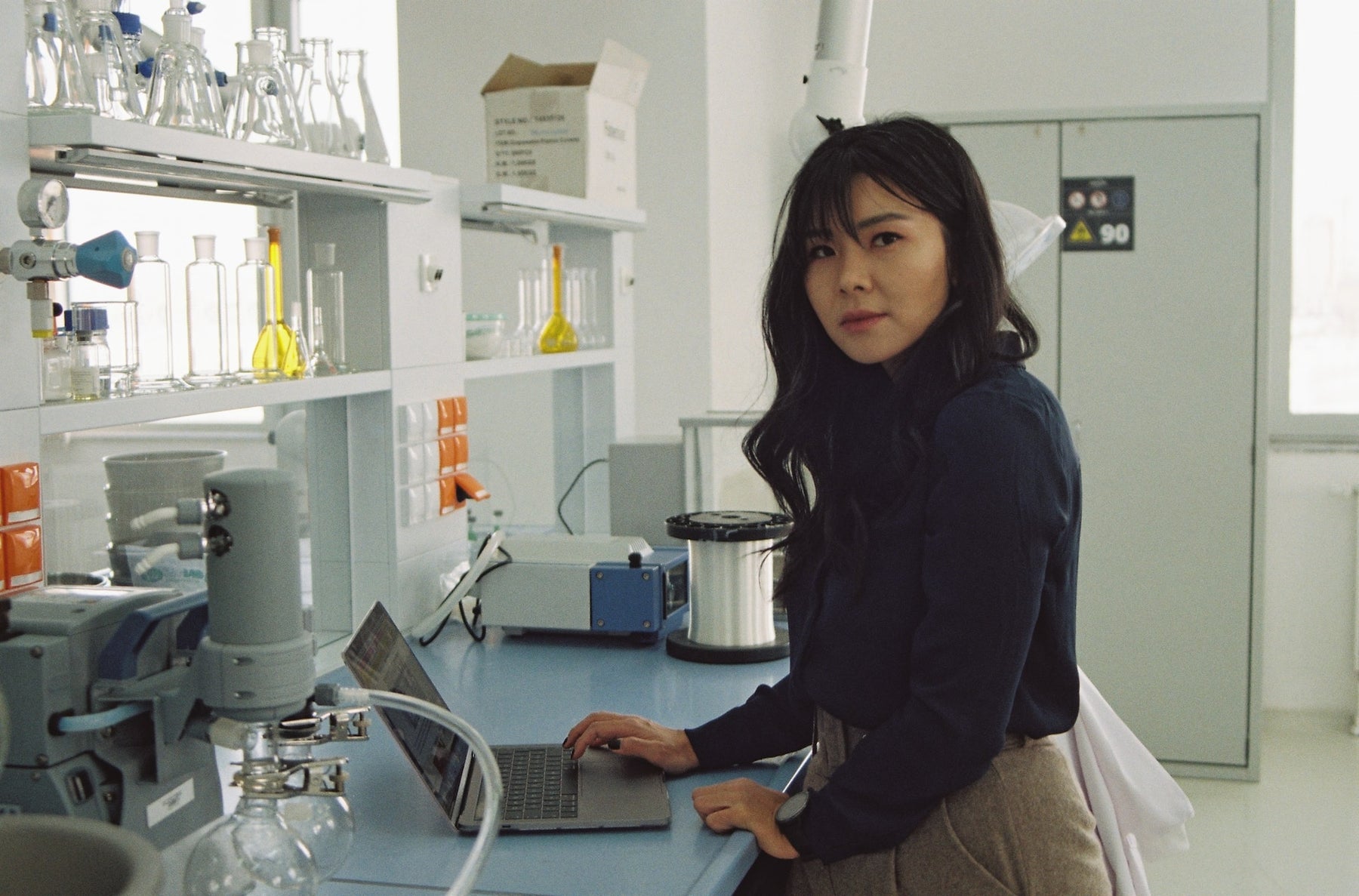(858) 224-9100

How to Perform Qualitative Analysis in Bio Rad CFX Maestro: A Quick and Easy Guide 🚀
Hey there, lab whizzes! Today, we're gonna take a quick dive into the world of Bio Rad CFX Maestro. By the end of this post, you'll be a pro at performing qualitative analysis in less time than it takes to make a cup of coffee. So, grab your lab coat and let's get this show on the road!
Step 1: Checking Out Your Data 📊
First off, we're gonna take a look at our data. We've got a sample file open with curves for two channels - the FAM channel (that's our target) and the ROX channel (our internal control). It's like checking out the map before we start our road trip.
Why it matters: If you skip this step, you're basically driving blind. You need to know what you're working with before you start messing around with settings. If you don't, you might end up with a bunch of data that doesn't make sense, and that's a real bummer.
Step 2: Setting Up Your Parameters ⚙️
Next up, we're gonna make sure our processing parameters are set up right. We're heading into the settings and choosing 'baseline subtracted curve fit'. It's like setting up your GPS before you hit the road.
Why it matters: If you don't get your settings right, you could end up going in the wrong direction. And trust me, nobody wants to end up in the middle of nowhere with a bunch of inaccurate results. It's like setting your GPS to the wrong destination - you'll end up lost!
Step 3: Setting Your Thresholds 📏
Now we're gonna set our thresholds. This is where we decide what's considered a positive result and what's not. It's like setting the speed limit on our road trip.
Why it matters: If you don't set your thresholds right, you could end up with false positives or negatives. It's like getting a speeding ticket when you thought you were driving the speed limit - not fun! And in the lab, this could mean incorrect data, which is a big no-no.
Step 4: Checking Out Your Results 🧐
Once we've got everything set up, it's time to check out our results. We can see which ones were called positive and which ones were called negative. It's like checking out the scenery as we drive.
Why it matters: If you don't check your results, you won't know if your experiment worked or not. It's like driving for hours and not knowing if you're getting closer to your destination. In the lab, this could mean missing important data or misinterpreting your results.
Step 5: Exporting Your Data 📤
Finally, we're gonna export our data. You can either right-click and export to CSV or Excel, or use the export button for a custom export. It's like taking photos of your road trip to show your friends later.
Why it matters: If you don't export your data, you won't be able to share your results or use them for further analysis. It's like going on a road trip and not taking any photos - what's the point? In the lab, this could mean losing all your hard work or not being able to build on your findings.
So there you have it, folks! You're now a pro at performing qualitative analysis in Bio Rad CFX Maestro. Now go forth and analyze like a boss! And don't forget to check out our video tutorial for a visual guide. Catch you on the flip side! 🚀

Leave a comment